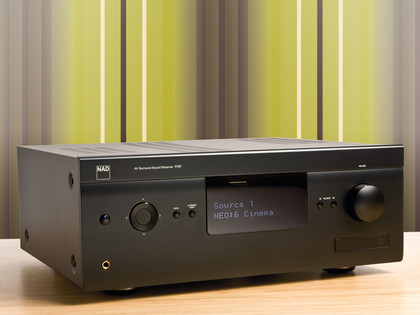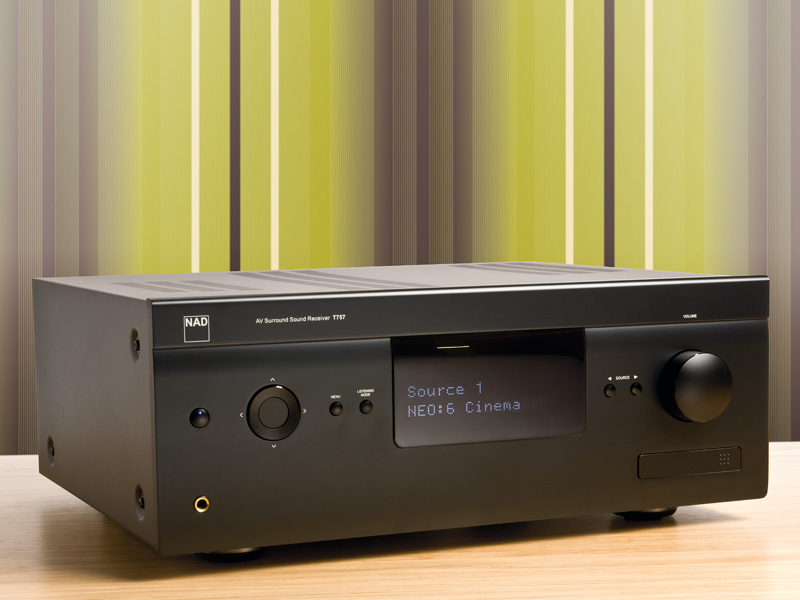Why you can trust TechRadar

Packing a punch
Big action blockbusters have palpable clout too. Those 60W per channel seem to punch well above their weight, although the subwoofer channel is relied on heavily to build the real sub-sonic presence that underpins the movie.
In fact, I wonder if the penchant of the auto-set-up to set speakers to small is not actually engineered to off-load more current hungry low frequency output to the subwoofer. It's an interesting conspiracy theory, but play Fast & Furious 5 and it really doesn't matter. The cars howl, the gunshots pound the room and the girls look fabulous.
I realise that this has little to do with the AVR, but it is of note that the T757 does nothing to get in the way of one's appreciation. The more esoteric Paul on Blu-ray is a feast of effects from the opening sound of the huge door shutting to the crowd scenes at the San Diego geek convention. The soundtrack moves along at a pace, while dialogue is bold and solid.
The lack of EQ allows my room's 60Hz boost to get a little noticeable, but it never gets overbearing. The upshot is the size of the soundstage and the positioning of effects in it is not quite as crisp and precise as some of the NAD's peers, but the sheer presence more than makes up for it.

TechRadar Labs
Power consumption: Watts
Idling: 48 Watts
As with all AVRs, you might want to switch it off when you're not using it.
Powered: 85 Watts
In five-channel mode and at a comfortable listening level, real world consumption averaged 85W.
Power ratings: Watts (8Ω , 0.5% THD)
2-channel 8Ω: 80 Watts
80W-per-channel is above NAD's own specification...
5-channel 8Ω: 77 Watts
...as is this five-channel measurement. We recorded 77W with seven channels driven, too.
Untainted: Watts
NAD T 757: 68 Watts
Anthem MRX700: 130 Watts
Yamaha RX-1067: 120 Watts
Pioneer VSX-920X: 60 Watts
Fidelity firewall: A measurement of power untainted by distortion (0.02THD, 8Ω, 1kHz).
Signal/noise: dB
20Hz: 48dB
1kHz: 70dB
20kHz: 69dB
S/N tests: Low-frequency test not as impressive as the rest.
Musical talents
While I don't usually mention too much about stereo music reproduction, the T757 rather demands it. With the front channels in bi-amp mode, there is plenty of power and no hint of the top-end grain that can afflict some AVRs when listening to a high quality two-channel source. It laps up a range of musical styles, eking out the detail in complex classical music, while rocking the sofa with more up-tempo material.
After living with the T757 for a week, it feels more like a good hi-fi amplifier with the added benefit of providing stellar AV surround sound service as well. And I might even be able to live without those missing features yet.
Follow TechRadar Reviews on Twitter: http://twitter.com/techradarreview
